Earthquake Retrofit Information and Preparedness Tips
Your source for earthquake retrofit info and preparedness tips, helping to strengthen your home and protect your family from seismic threats.
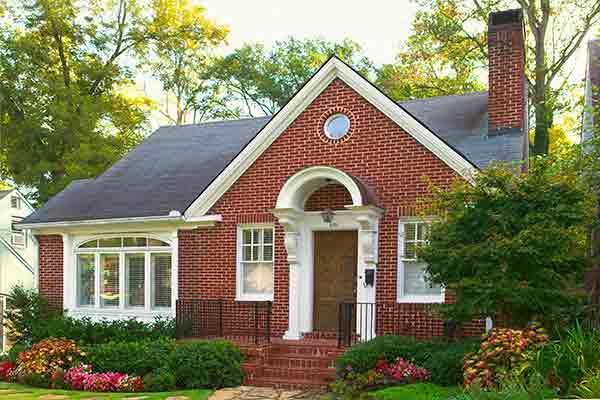
Why Are Raised Foundations Vulnerable to Earthquakes?
Did you know? Older homes with raised foundations are especially vulnerable to earthquake damage. Read this blog to learn about the unique vulnerabilities of these homes, and steps you can take to help strengthen your home against damage and loss—before the next earthquake strikes.
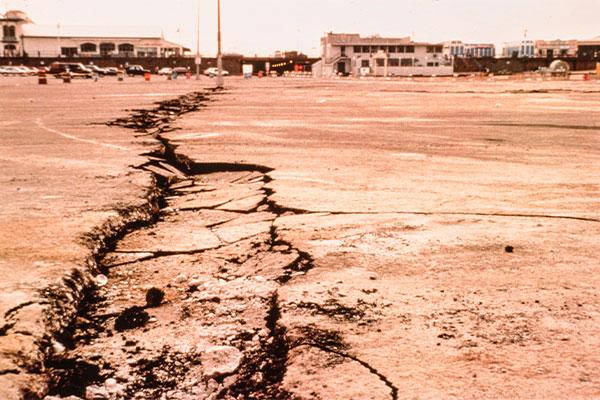
Lessons Learned from the 1994 Northridge Earthquake
Many people in California can still remember where they were when the 1994 Northridge earthquake struck -- and the damage it caused. In this blog post, we cover how the Northridge earthquake changed California. Discover the key lessons learned from that devastating event, including changes in building codes, seismic retrofitting, and disaster response strategies that continue to shape earthquake preparedness today.

Are Earthquakes Common During the Holidays in California? Myths, Facts, and Safety Tips
Earthquakes can strike at any time, even during the holiday season. This blog explores the history of holiday earthquakes in California, debunking myths and providing essential safety tips. Don't let earthquakes disrupt your holidays—be prepared and stay safe!
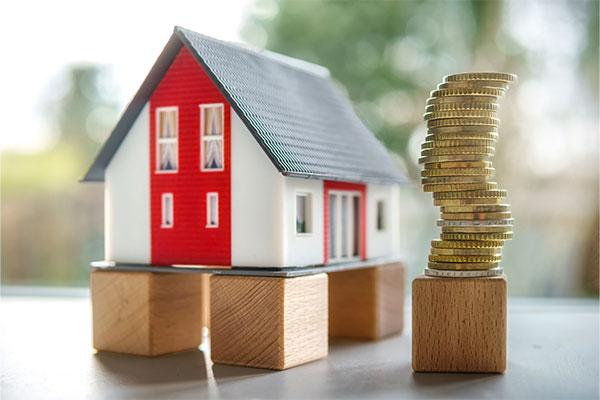
Why Earthquake Mitigation Matters for California's Economy (and Your Home)
Earthquakes in California are not only dangerous – they are very expensive. In this blog we explore how mitigation efforts, including seismically retrofitting homes, can greatly reduce these costs and help create more resilient communities better prepared for future earthquakes.
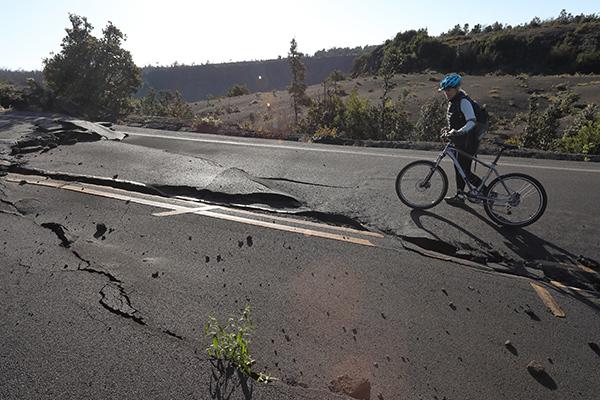
The Unforgettable Experience: What Does an Earthquake Actually Feel Like?
Experiencing an earthquake can be an unforgettable experience… but what does it actually feel like? In this blog we explore earthquake sensations and offer practical advice on how to prepare your home and family for future earthquakes.
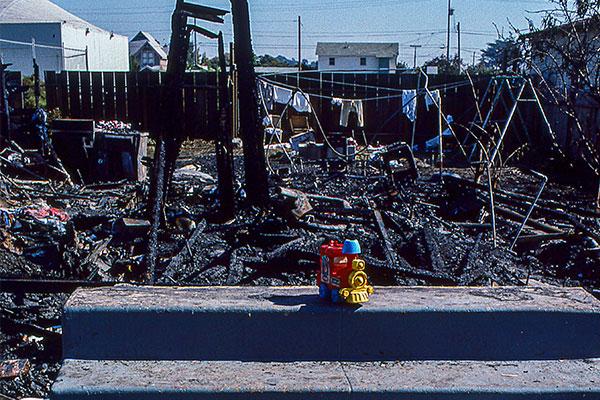
The 1989 Loma Prieta Earthquake: Lessons for California Homeowners
The Loma Prieta earthquake of October 17, 1989 caused widespread damage and raised awareness about earthquake preparedness – reminding us all that California is earthquake country. This article explores the lessons learned from this disaster, the vulnerabilities it exposed in California homes, and some of the policy and code changes that followed the quake.
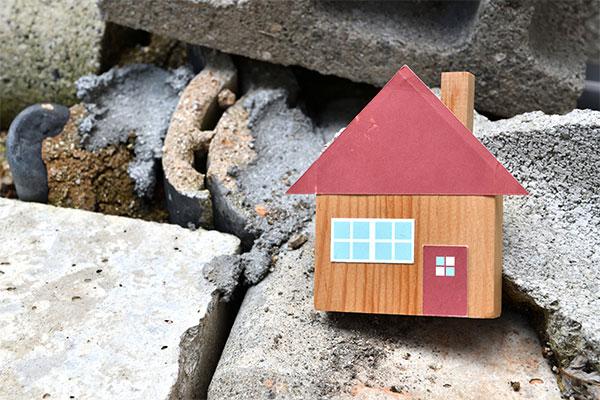
How FEMA P-1100 Helps Improve Earthquake Resilience
FEMA P-1100 is a guide to help California homeowners, engineers, architects, and building professionals in evaluating, identifying, and retrofitting seismic vulnerabilities in wood-frame homes. In this article we explore the ways in which FEMA P-1100 can support homeowners in retrofitting their homes, which contributes to a stronger and more resilient California.
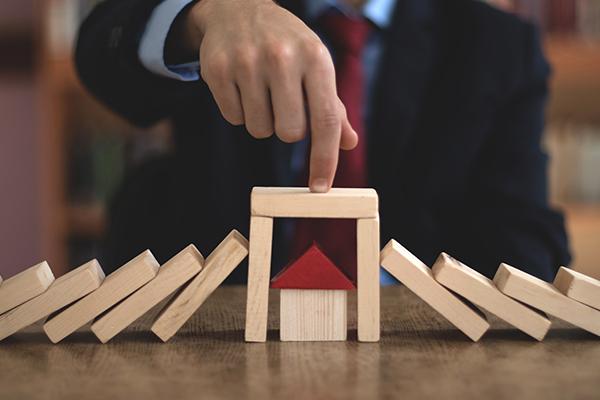
5 Essential Design Tips for Creating an Earthquake-Resistant House
California is earthquake country, and a damaging earthquake could strike your home at any time. While it is impossible to design an earthquake proof house, is it possible to design an earthquake resistant home. In this article, we explore some fundamental principles of earthquake resilient house design.
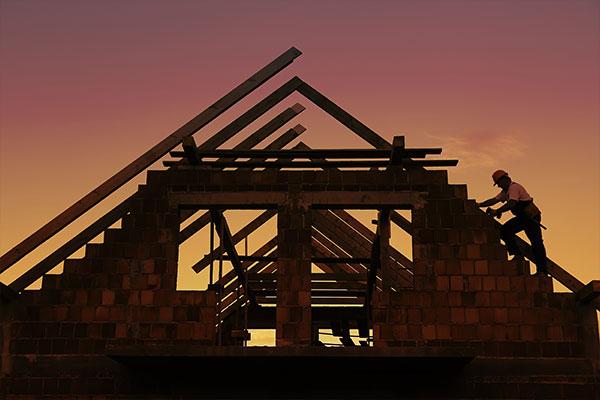
What is the California Residential Mitigation Program? (CRMP)
The California Residential Mitigation Program (CRMP) aims to increase the seismic resilience of California homes by offering seismic retrofit grants to homeowners. This article details two key grant programs offered by CRMP and explores why earthquake preparedness is so important for California homeowners.
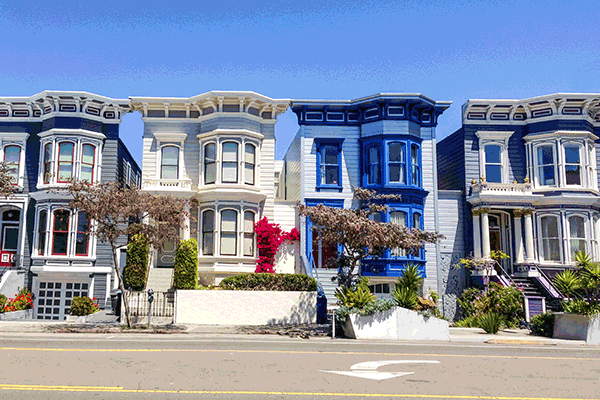
Earthquake Resilience & Your Soft-Story Home: California's ESS Grant Program to the Rescue
It's not a matter of "if" – it's just a matter of "when" the next big earthquake will strike California. Many California residents live in "soft story" homes that are especially vulnerable to earthquake damage. This article explores the Earthquake Soft-Story Retrofit grant program (ESS), including the importance of retrofitting, the workings of the ESS Grant Program, and how you can help protect your home and loved ones.
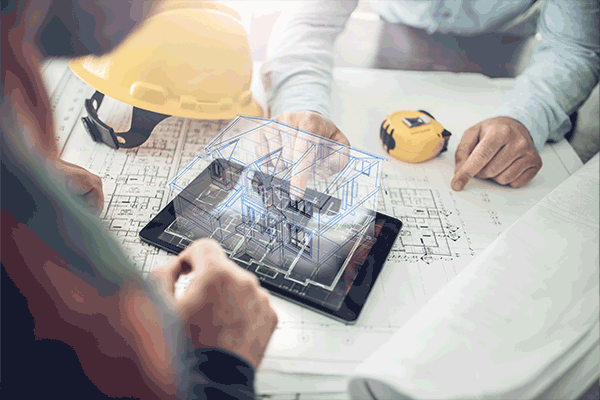
Protect Your Home from Earthquakes: Understanding California’s Seismic Building Codes
California's seismic building codes, alongside local seismic ordinances, help our homes to stand strong - even in earthquake country. In this article we explore how these codes and ordinances work together to help keep our homes safe from earthquake damage and strengthen public safety in California.
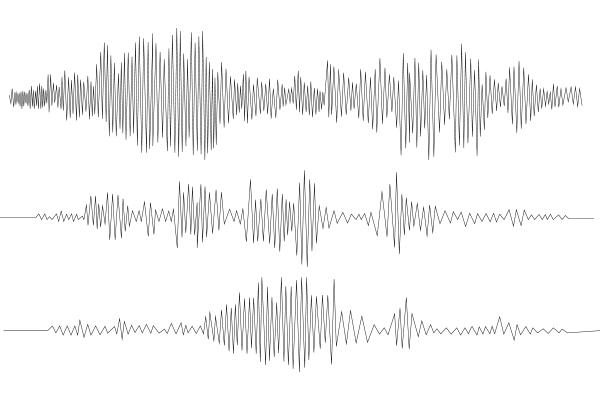
How Long Do Earthquakes Last?
Earthquakes are unpredictable. No one knows when the next quake will strike, or how long it will last. Most earthquakes last mere seconds, but some can shake the ground for minutes. In this article we explore the factors behind earthquake duration and discover how to safeguard your home and loved ones from these seismic events.

What Natural Disasters Occur in California?
California is famous for its natural beauty, but its unique landscape also makes it vulnerable to many kinds of natural disasters. From earthquakes and wildfires to landslides and floods, the Golden State faces numerous challenges. Effective preparation can help keep you and your loved ones safe, but first you must understand the causes and impacts of these disasters. In this article we explore the most common natural disasters in California.
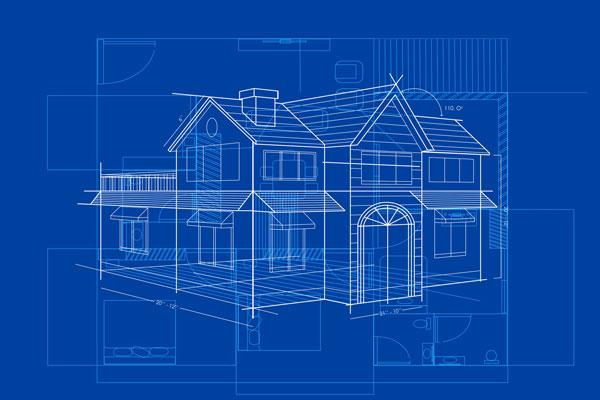
Seismic Retrofit Techniques Explained
California is Earthquake Country, and safeguarding your home against earthquakes is crucial. The best way to help protect your home is with a seismic retrofit, but different kinds of houses need different kinds of retrofits. In this article we explore different kinds of seismic retrofit techniques that can be used to safeguard your home and reduce the risk of earthquake damage.
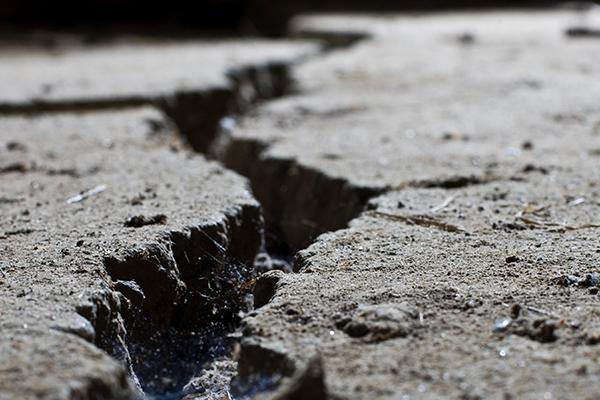
How Often Do Earthquakes Occur?
The USGS estimates that hundreds of thousands of detectable earthquakes occur around the world every year, and about 10,000 happen each year in California alone. In this article we look at how often earthquakes occur in several major California cities, and learn why there are so many earthquakes in California.

How Much Does a Seismic Retrofit Cost in California?
In this article we explore the cost of earthquake retrofits in California and talk about why it is so important to strengthen homes, especially older ones, against earthquake damage. We also discuss the various factors affecting costs, such as house age, permit fees, and the availability of grant programs.
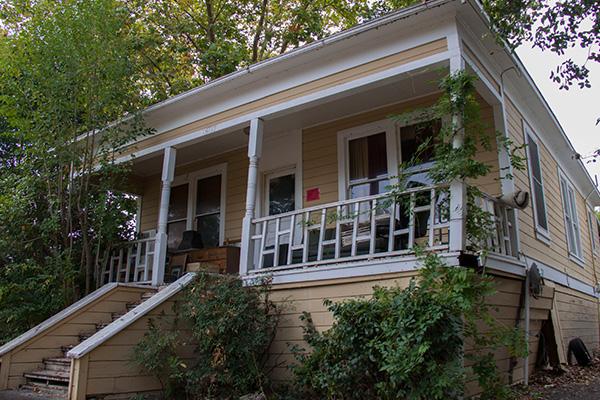
What is the Earthquake Brace + Bolt Program (EBB)?
California is earthquake country, and the Earthquake Brace + Bolt program (EBB) is a vital initiative that provides money for homeowners seeking to strengthen their homes and protect their families against earthquake damage. This guide provides a comprehensive overview, including program background, eligibility criteria, and application details, empowering California residents to safeguard their homes before the next earthquake strikes.
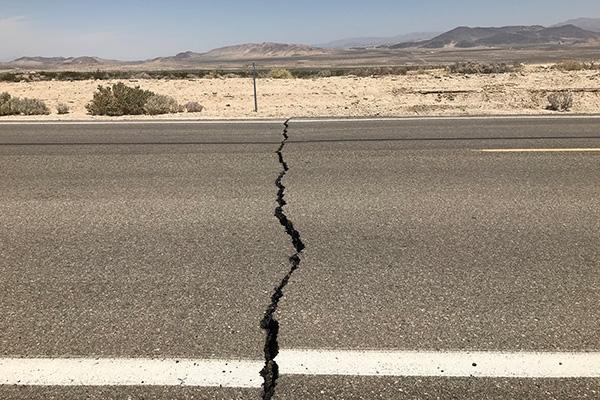
What Causes an Earthquake to Happen?
Earthquakes release massive amounts of energy that makes the ground shake, but what causes them to happen? CRMP explains what causes an earthquake here.

Debunking Common Myths About Earthquakes
Discover the truth behind common earthquake myths like "earthquake weather," if animals can really predict earthquakes, and whether opening windows during a quake will protect your house. Empower yourself with accurate knowledge and help safeguard your family and your home!
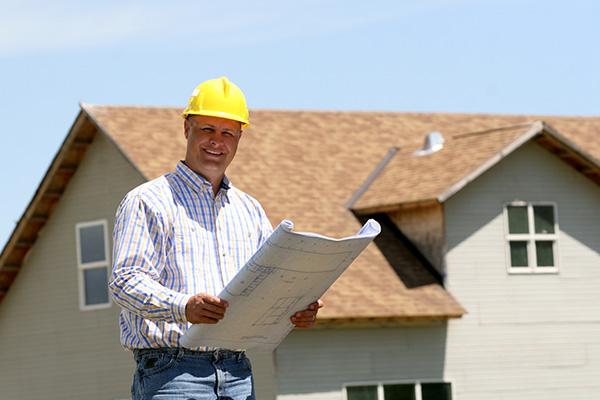
How to Hire an Earthquake Retrofit Contractor
Choosing the right contractor for your seismic retrofit project is essential to making your home more resilient against earthquake damage. This article outlines key steps you should take in order to make sure your retrofit project is in capable hands.
